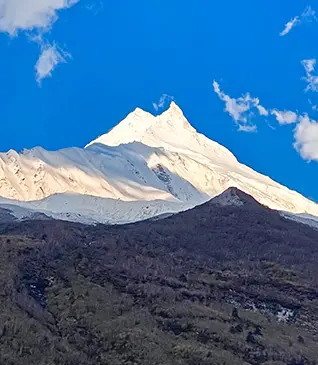Table of Contents
- How Difficult is the Valley of Flowers Trek?
- How to prepare for the Valley of Flowers Trek?
- Tips for the Valley of Flowers
- Why Choose Trek The Himalayas?
Tucked away in the heart of the Himalayas, the flower valley in Uttarakhand, famously known as the Valley of Flowers , is one of the most magical treks in monsoon. With its endless stretches of colorful alpine blooms, gushing streams, and misty mountain air, it looks straight out of a fairy tale. While the sheer beauty of this place attracts trekkers from all over the world, it's important to know that this trek is more than just a visual delight. Being a monsoon trek, it brings its own set of challenges and demands a fair amount of physical preparation.
In this article, I’ll walk you through the reality of the Valley of Flowers trek, its difficulty level, fitness requirements, tips for preparation, and everything else you should know before embarking on this scenic journey.
How Difficult is the Valley of Flowers Trek?
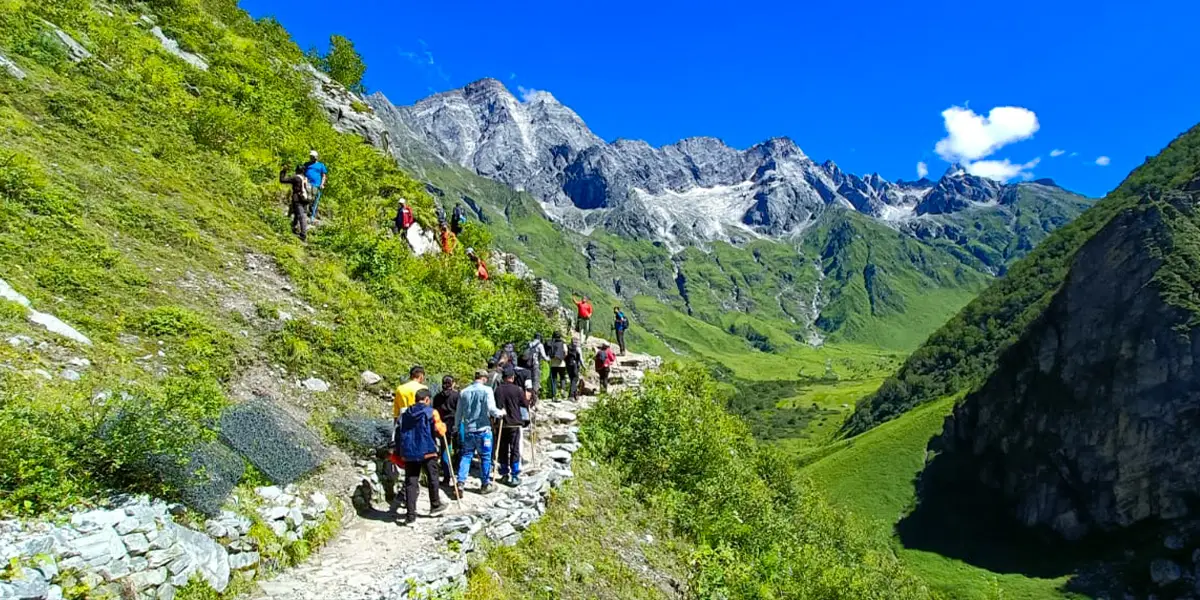
The Valley of Flowers trek is often categorized as easy to moderate, making it accessible even for the beginners. But again, before getting on the trails, you should know that the trek is not technically demanding but comes with its own set of challenges, especially because it's a monsoon trek and takes you to high altitudes.
Here’s a breakdown of what makes this trek moderately difficult:
1. Gradual Altitude Gain but High Elevation
The trek starts from Govindghat (around 6,000 ft) and gradually climbs up to Ghangaria (9800 ft), which serves as the base for both the Valley of Flowers and Hemkund Sahib. The real test comes on Day 4, when trekkers take the steep trek to Hemkund Sahib, which stands at a high altitude of 14,100 ft. The trail to Hemkund is quite strenuous, a 6 km continuous uphill stretch with stone-paved steps, and thinning air, making breathing a little more difficult. Altitude sickness can be a concern if one is not properly acclimatized.
2. Slippery Trails Through Dense Forests
During the initial days, especially while ascending from Pulna to Ghangaria and further towards the valley, you pass through lush forests, waterfalls, and narrow mountain paths. While scenic, these sections can be slippery and tricky, especially during the monsoon, when moss, wet stones, and muddy patches make footing uncertain. Good quality trekking shoes and the use of trekking poles can make a big difference here.
3. Weather-Related Challenges During Monsoon
The Valley of Flowers opening time falls during the monsoon season, from June to September, when the valley is accessible and in full bloom, rain is a constant companion on this trail. Sudden showers, landslides, foggy conditions, and washed-out trails can slow down your pace and the views might test your patience. Wet gear, leeches in some forest patches, and limited visibility at times add to the trek’s difficulty.
4. Endurance Required for Daily Walks
Trekkers are expected to walk 6 to 10 km per day on uneven, uphill terrain. While the trek to the Valley itself is not overly steep, it still demands good stamina and leg strength. Having a basic fitness routine in place, can enhance your experience of trekking in India.
How to prepare for the Valley of Flowers Trek?

For the valley of flowers trek you need to be prepared mentally and physically, here is how you to do that:
Physical Preparation
Building Basic FitnessBefore you head out, it's essential to work on your stamina. As a general guideline, you should be able to jog 5 km in 35 minutes or walk 10 km in 80 minutes without feeling overly tired. If you prefer cycling, covering 10 km in 30 minutes is a good benchmark to check your readiness.
Cardiovascular EnduranceRegular aerobic exercises such as jogging, brisk walking, swimming, or cycling are excellent ways to build endurance. Begin at least three to four weeks before the trek to allow your body time to adapt to increased activity levels.
Strength TrainingTo handle the uneven terrain and steep ascents, strengthen your legs, especially your knees and ankles. Exercises like squats, lunges, and step-ups are effective. Practicing stair climbing with a backpack will also simulate actual trek conditions and help your muscles adapt to the strain.
Flexibility and BalanceIncorporate basic stretching or yoga into your routine to improve flexibility and body balance. This reduces the chances of injury and muscle cramps during the trek.
Altitude AcclimatizationSince the trek takes you above 14,000 ft (especially on the Hemkund Sahib trail), it’s a good idea to arrive at Govindghat or Joshimath a day early. This allows your body to slowly adjust to the thinner air and reduces the chances of altitude sickness. Staying hydrated and avoiding alcohol or smoking also supports this process.
Gear and Essentials
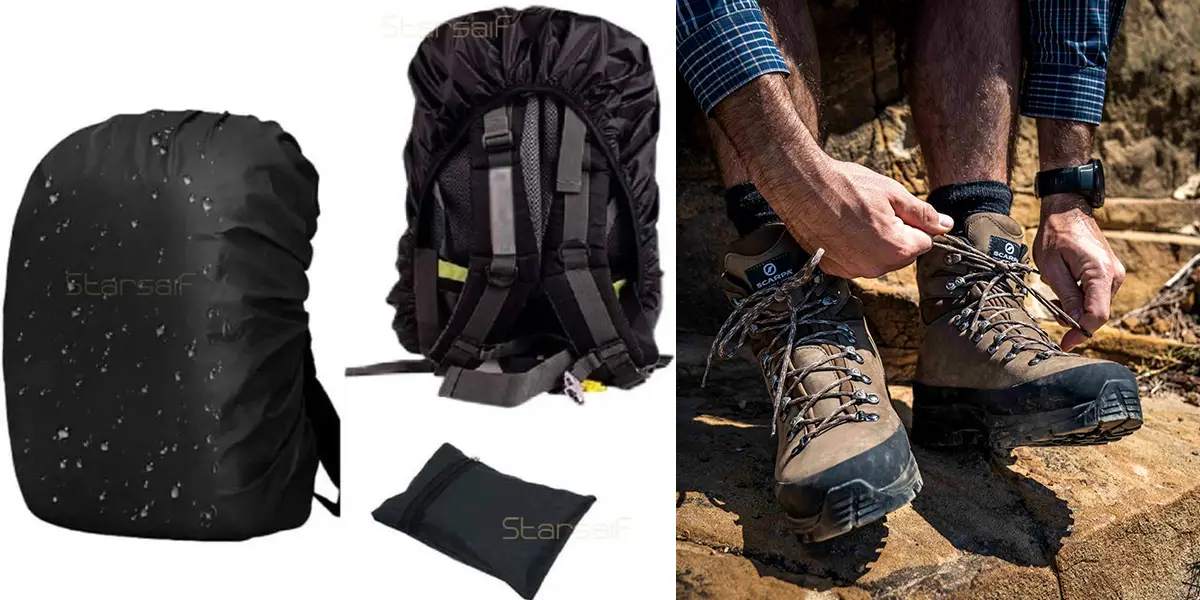 Trekking Shoes
Trekking Shoes
A good pair of sturdy, waterproof trekking shoes with ankle support is essential. Avoid using brand-new shoes on the trek, break them in beforehand to avoid discomfort or blisters.
Backpack and ClothingCarry a 30–40 liter backpack with padded straps and a rain cover. Pack light, quick-dry clothes in layers, thermals for base warmth, a fleece for insulation, and a windproof jacket for outer protection. Don’t forget gloves, extra socks, and a woolen cap for colder sections.
Rain ProtectionBeing a monsoon trek, sudden downpours are expected. Carry a good-quality raincoat or poncho, and waterproof your backpack. Use zip-lock bags to protect electronics and documents.
Other EssentialsA torch or headlamp is important, especially for early morning treks to Hemkund Sahib. Keep a refillable water bottle or hydration bladder, energy bars, dry fruits, and basic medicines including painkillers, altitude tablets, and band-aids.
Mental Preparation
Mental readiness is often overlooked, but it’s just as crucial. The mountains, especially during monsoon, are unpredictable. The trails of the Valley of Flowers may become slippery, visibility can drop, and discomforts like wet clothes and long walking hours can test your patience. Go in with a strong, flexible mindset. Expect challenges but trust your preparation and Trek The Himalayas experienced trek guides. They are trained to handle any emergency and ensure your safety. Stay positive, and remind yourself why you chose this trek, to be closer to nature and experience something truly magical.
Tips for the Valley of Flowers
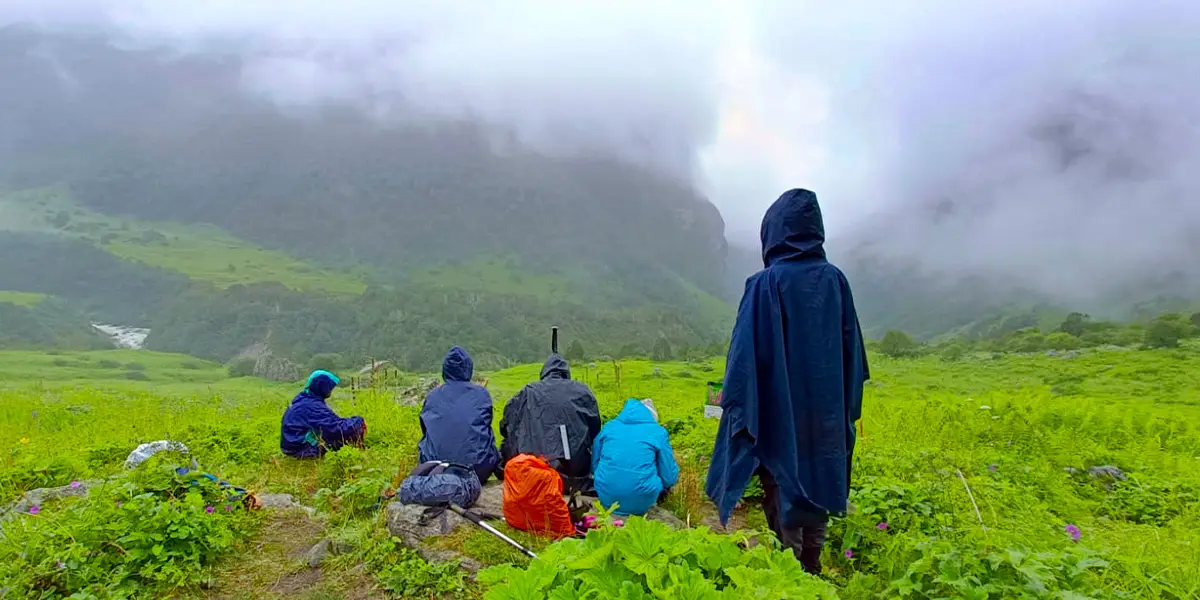
Well, since you stayed till the end, here are a few tips to make your Valley of Flowers trek even more memorable:
- Be Prepared for the Monsoon: Since it’s a monsoon trek, make sure to carry all rain essentials, a good quality raincoat, poncho, waterproof backpack covers, and quick-dry clothes.
- Best Time to Visit: If you want to see the valley in full bloom, plan your valley of flowers trek in mid-July and August. That’s when the flowers are at their peak and the valley looks magical!
- Early Season Beauty: If you trek valley of flowers in June, you’ll get to see patches of snow along the trail, adding a unique charm to the landscape.
- Proper Footwear: Wear sturdy, waterproof trekking shoes with a good grip to handle the wet and slippery trails.
- Stay Hydrated and Energized: Always carry a water bottle and some energy bars or dry fruits to keep your stamina up during long trekking hours.
- Acclimatize Well: Spend a day in Govindghat or nearby areas before the trek to help your body adjust to the altitude.
- Respect Nature: Keep the valley clean, do not pick flowers, and avoid littering to preserve its natural beauty for others.
All in all, the Valley of Flowers trek in Uttarakhand is truly one of the most beautiful and unforgettable treks in India. This trekking package is even a great choice for first-time trekkers! To make the most of your journey, stay well-prepared, keep an eye on the changing weather, and pace yourself wisely. Remember, trekking is not just about physical fitness, it’s also about building mental strength and staying positive throughout the adventure. Embrace the journey, and let the beauty of the valley inspire you every step of the way!
Why Choose Trek The Himalayas?
Trek with the best, trek with Trek The Himalayas!
If you are looking for a smooth, safe, and truly memorable trekking experience, then Trek The Himalayas is the perfect choice for you. TTH Valley of flowers trek package takes care of all the planning, logistics, and little details so that you can focus on what matters most, enjoying your trek and connecting with nature. Known as one of the best trekking companies in India, Trek The Himalayas offers well-organized itineraries, highly experienced guides, and a dedicated support team. The team ensures you not only complete your trek safely but also cherish every moment of your adventure. What makes Trek The Himalayas even more special is the commitment to eco-friendly practices and sustainable trekking. From responsible waste management to promoting "leave no trace" principles, we make sure that every step you take leaves the mountains as pristine as you found them. Choosing Trek The Himalayas means choosing a trekking experience that is safe, well-supported, and kind to the environment, making your journey not just special, but truly meaningful.
To explore the Valley of Flowers trek in detail and know about the valley of flowers trek cost, click here.
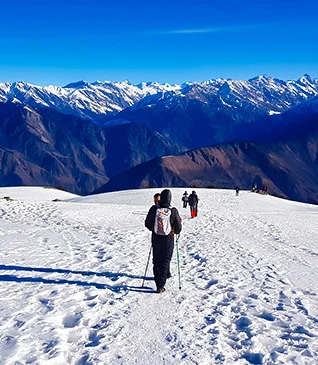


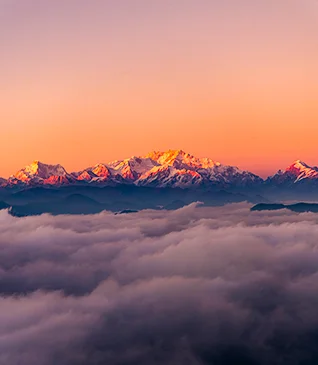

.webp)
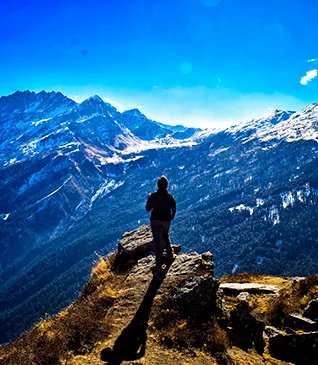

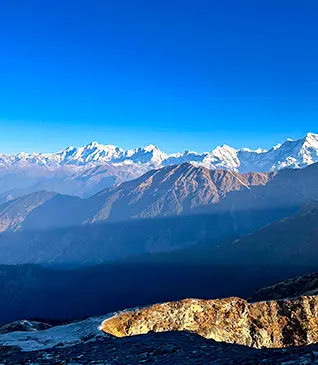

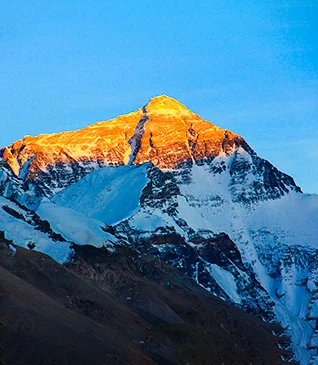
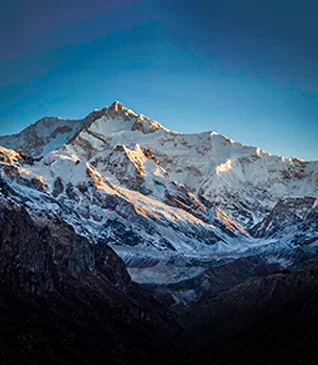
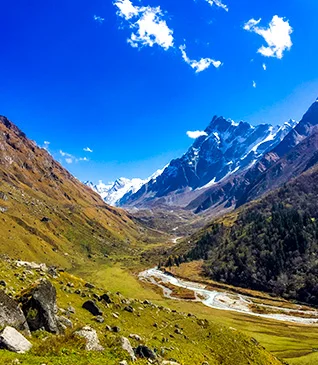
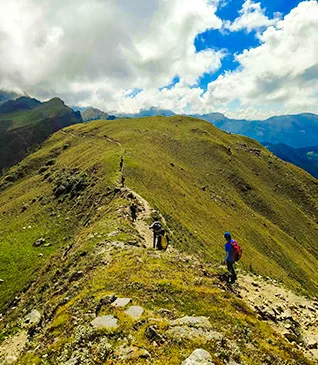


.webp)
